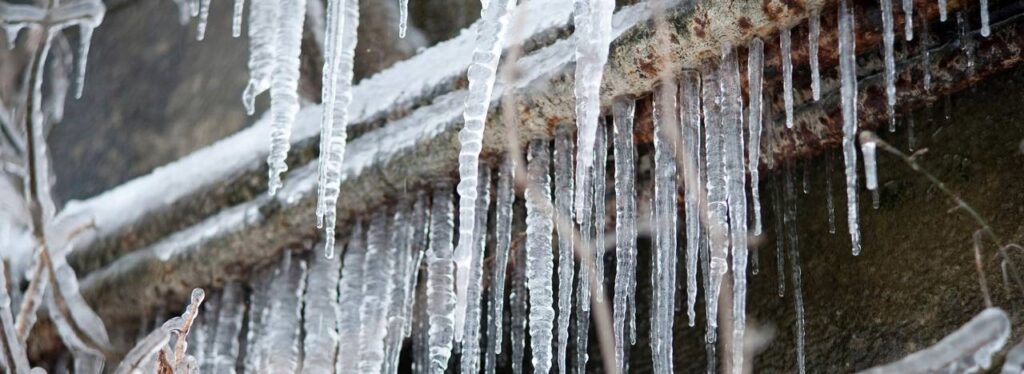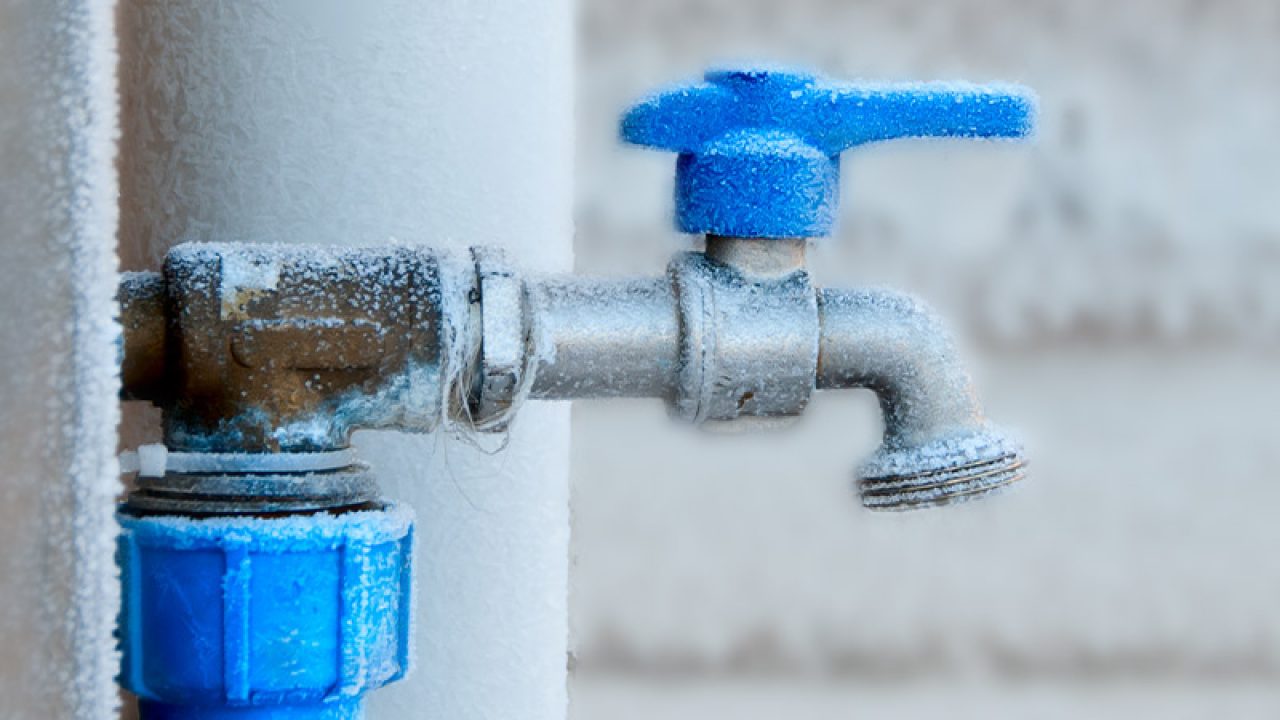Critical Approaches for Preventing Frozen Plumbing in Winter
Critical Approaches for Preventing Frozen Plumbing in Winter
Blog Article
Here in the next paragraphs you'll find a bunch of superb points when it comes to How To Avoid Freezing Pipes.

Winter can ruin your pipes, particularly by freezing pipes. Below's how to stop it from occurring and what to do if it does.
Intro
As temperature levels decrease, the risk of icy pipelines increases, potentially resulting in expensive repairs and water damage. Recognizing just how to prevent frozen pipes is vital for property owners in cold environments.
Prevention Tips
Shielding prone pipes
Cover pipes in insulation sleeves or use warm tape to protect them from freezing temperature levels. Concentrate on pipes in unheated or exterior areas of the home.
Heating methods
Keep interior rooms appropriately heated up, especially areas with pipes. Open closet doors to enable cozy air to flow around pipelines under sinks.
Just how to identify frozen pipelines
Try to find decreased water flow from faucets, uncommon smells or noises from pipelines, and visible frost on revealed pipelines.
Long-Term Solutions
Architectural changes
Think about rerouting pipelines away from outside walls or unheated areas. Include added insulation to attic rooms, cellars, and crawl spaces.
Updating insulation
Invest in top quality insulation for pipes, attics, and wall surfaces. Appropriate insulation assists preserve consistent temperatures and decreases the threat of icy pipes.
Protecting Exterior Pipes
Garden hoses and exterior faucets
Separate and drain pipes yard tubes prior to winter season. Mount frost-proof spigots or cover exterior taps with shielded caps.
Understanding Icy Pipelines
What causes pipes to ice up?
Pipelines ice up when subjected to temperature levels listed below 32 ° F (0 ° C) for prolonged durations. As water inside the pipelines freezes, it expands, putting pressure on the pipeline walls and potentially triggering them to rupture.
Risks and problems
Frozen pipelines can bring about water interruptions, residential or commercial property damage, and pricey repair work. Burst pipelines can flood homes and create considerable architectural damages.
Indications of Frozen Water Lines
Determining frozen pipes early can avoid them from rupturing.
What to Do If Your Pipelines Freeze
Immediate actions to take
If you presume icy pipelines, keep taps open up to ease pressure as the ice thaws. Make use of a hairdryer or towels taken in warm water to thaw pipes slowly.
Final thought
Avoiding icy pipelines calls for aggressive steps and fast reactions. By comprehending the reasons, signs, and preventive measures, home owners can shield their plumbing throughout cold weather.
6 Proven Ways to Prevent Frozen Pipes and Protect Your Home
Disconnect and Drain Garden Hoses
Before winter arrives, start by disconnecting your garden hoses and draining any remaining water. Close the shut-off valves that supply outdoor hose bibs and leave the outdoor faucet open to allow any residual water to drain. For extra protection, consider using faucet covers throughout the colder months. It’s also important to drain water from any sprinkler supply lines following the manufacturer’s directions.
Insulate Exposed Pipes
Insulating your pipes is an effective way to prevent freezing. Pipe insulation is readily available at home improvement stores and is relatively inexpensive. Pay close attention to pipes in unheated areas such as the attic, basement, crawl spaces, or garage. Apply foam insulation generously to create a buffer against the cold. You can also wrap your pipes in heat tape or thermostat-controlled heat cables for added warmth.
Seal Air Leaks
Inspect your home for any cracks or openings that could let in cold air. Seal any holes around the piping in interior or exterior walls, as well as the sill plates where your home rests on its foundation. Additionally, make sure to keep your garage door closed unless you’re entering or exiting. Leaving it open creates a significant air leak that can lead to frozen pipes.
Allow Warm Air Circulation
During cold snaps, it’s essential to allow warm air to circulate evenly throughout your home. Leave interior doors ajar to promote better airflow. Open kitchen and bathroom cabinets to help distribute heat consistently around the rooms. If you have small children or pets, be sure to remove any household chemicals or potentially harmful cleaners from open cabinets for safety.
Let Faucets Drip
A small trickle of water can make a big difference in preventing ice formation inside your pipes. When temperatures drop significantly, start a drip of water from all faucets served by exposed pipes. This continuous flow helps prevent the water from freezing. Additionally, running a few faucets slightly can relieve pressure inside the pipes, reducing the chances of a rupture if the water inside does freeze.
https://choateshvac.com/6-proven-ways-to-prevent-frozen-pipes-and-protect-your-home/

Do you enjoy reading about Preventing and dealing with frozen pipes? Write a review down the page. We will be happy to know your insights about this piece. In hopes that you come back again in the future. Are you aware of someone else who is excited about the subject? Feel free to share it. Thanks a lot for taking the time to read it.
View Website Report this page